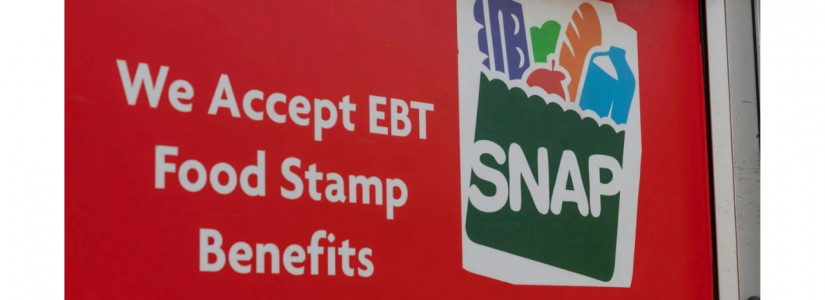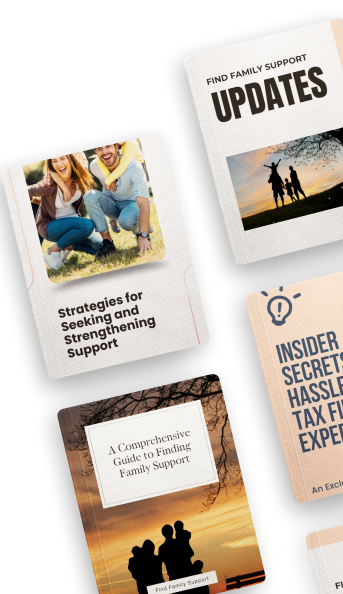Special SNAP Rules and Benefits for Seniors and People with Disabilities

The United States Department of Agriculture runs the Supplemental Nutrition Assistance Program (SNAP) to help low-income individuals and families buy healthy food.
If you’re 60 or older or living with a disability, you may qualify more easily thanks to special rules and extra benefits designed to support seniors and people with disabilities.
Support is out there with your name on it, explore your benefits now!
Who Qualifies as Elderly or Disabled
You may be considered elderly or disabled if you:
-
Are 60 years old or older.
-
Receive disability or blindness payments (e.g., from Social Security Administration SSI).
-
Get disability retirement benefits from a government agency.
-
Receive Railroad Retirement benefits and qualify for Medicare.
-
Are a veteran who is totally disabled or needs regular care.
Who Counts in a SNAP Household
A SNAP household includes everyone who:
-
Lives together, and
-
Buys and prepares food together.
You may qualify as a separate SNAP household if:
-
You can’t prepare meals separately due to a disability, and
-
The people you live with have limited income.
You may also still qualify if you live in:
-
Federally subsidized housing for the elderly.
-
A nonprofit group home with 16 or fewer residents.
SNAP Income Limits for Elderly & Disabled (Oct 1, 2025 – Sept 30, 2026)
-
1 person: $1,305
-
2 people: $1,763
-
3 people: $2,221
-
4 people: $2,680
-
5 people: $3,138
-
6 people: $3,596
-
7 people: $4,055
-
8 people: $4,513
-
Each additional person: +$459
If you already get Supplemental Security Income (SSI) or Temporary Assistance for Needy Families (TANF), you’re automatically eligible for SNAP.
Deductions That Can Lower Your Countable Income
SNAP subtracts certain costs from your income, making it easier to qualify:
-
20% deduction on earned income
-
Standard deduction: $204 (1–3 people), $254 (5 people), $291 (6+ people)
-
Dependent care costs
-
Child support payments
-
Shelter and utility costs exceeding half of your income
-
Medical costs over $35/month for elderly or disabled members, including:
-
Prescription medications
-
Doctor visits
-
Insurance premiums
-
Transportation to medical appointments
-
Tip: Keep receipts and bills, they can help reduce your net income.
Resource Limits
-
Resource limit for households with an elderly or disabled member: $4,500.
-
Resources include cash, checking and savings accounts, CDs, stocks, or bonds.
-
Your home is not counted toward this limit.
-
Many applicants are categorically eligible, meaning no resource test applies.
How Long You Can Receive SNAP
-
If all household members are elderly or disabled and have no income: Certification period will be 36 months.
-
If there’s earned income: Certification period will be 12 months.
-
You must recertify at the end of the period to keep receiving benefits.












